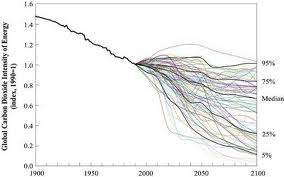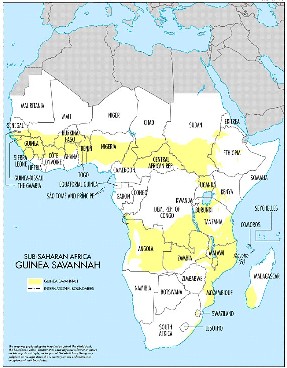Australians face a federal election in which the consensus among, and bi-partisan approach of, the principal parties is to aim to be small. We’re being told that inadequate infrastructure and public transport, along with a ‘water shortage’ (in the south east of our continent) and crowded shopping centres, are the product of too many people. As our population growth is predominantly fuelled by immigration, this means ‘too many immigrants’. It’s a familiar cry, usually originating on the overt far Right but for the past couple of decades reinforced by a pseudo-left concern about the carrying capacity of Australia.
It doesn’t seem to dawn on the opponents of immigration and population growth that trains might be over-crowded because there aren’t enough trains or that infrastructure is under pressure because governments are too incompetent and lacking vision to provide them. As for water, our north is drenching and a body of water the size of western Europe is gradually making its way south. In Victoria, the Mitchell River floods every seven years or so, causing millions of dollars in damage to towns and crops, yet it must not be dammed under any conditions. It is in a national park, after all. Who cares that such a dam would greatly alleviate Melbourne’s water crisis.
Not surprisingly, the State and Federal government leaders prefer to blame ‘too many people’ rather than themselves.
Of course, they are not racist. ALL immigrants are too blame.
The Greens are usually referred to in the mainstream media as a left-wing party that is more compassionate. Yet they too argue for less immigration and, in case readers are not aware, they support the deportation of all asylum seekers who are found not to be genuine refugees, just like the two principal parties.
(I have been wrong on this in the past, arguing for mandatory detention. In reassessing my position, largely through people at this site, I realize now that if you don’t think outside the box, you’re likely to be imprisoned within it). (An original quote by me – not bad, eh?)
The glorious objective to which Australians are meant to unite behind and aspire to is….. be small. Yep. Small. A vast continent, with vast natural resources, a mere 22 million people. Think small. Be small. The idea of 38 million by 2050 has scared the bejeezus out of the reactionaries.
What this confirms to me is that capitalism, for all the talk about its affirmation of free enterprise and its supposed commitment to development and material progress, is one social system that has way outlived any usefulness.
In a nation with vast resources, we still have homelessness and poverty, including Indigenous people who in remote areas live in appalling conditions. We have pensioners who die in summer from heat exhaustion and in winter from the cold. (I’m all for the Australian Medical Association which, to the horror of the Nature Worshippers, proposed that governments subsidize air-conditioners for pensioners during the summer months).
We brag of one of the highest rates of home ownership in the world, yet one third of the ‘home owners’ virtually work for the banks to pay off unfair mortages and interest rates – 90,000 are under threat of losing their homes – while another third simply can’t even put a depopsit on a house.
Oh for a left-wing party, or candidate, to point out that this only makes sense under capitalism, that the vast natural resources of this continent can feed and clothe many more people than a meagre 38 million. Let’s aim for a BIG Australia, one that sees itself firmly as part of inter-connected humanity, building bridges rather than closing borders. Stimulus package anyone? How about a bridge from Indonesia to Australia – a good way to defeat the evil people smugglers. How about some government investment at Broome and then let the people’s creativity loose. This just won’t happen under capitalism any time soon.
A left-wing party/candidate would at least raise the perspective that says the problem is that private ownership of means of production, and the ways in which production is organised under that system, is the main obstacle to thinking bigger than we ever have before.
You want free enterprise? Support social ownership of social wealth and support the reorganisation of production along democratic lines so that alienation is reduced.
The culture of a society reflects its social system in general terms. Recognition of this fact is an important step toward changing things. It takes conscious effort to see it, and to work at an alternative. Leftists generally are not submersed into the dominant outlook and that is why, for one thing, they are optimistic as individuals. This strikes those who are unable to think outside the box, to escape the weight of the reactionary hegemony, as weird.
Time to think BIG. To move beyond pre-History. To reach for those stars.
We really ain’t seen nothin’ yet.



Recent Comments